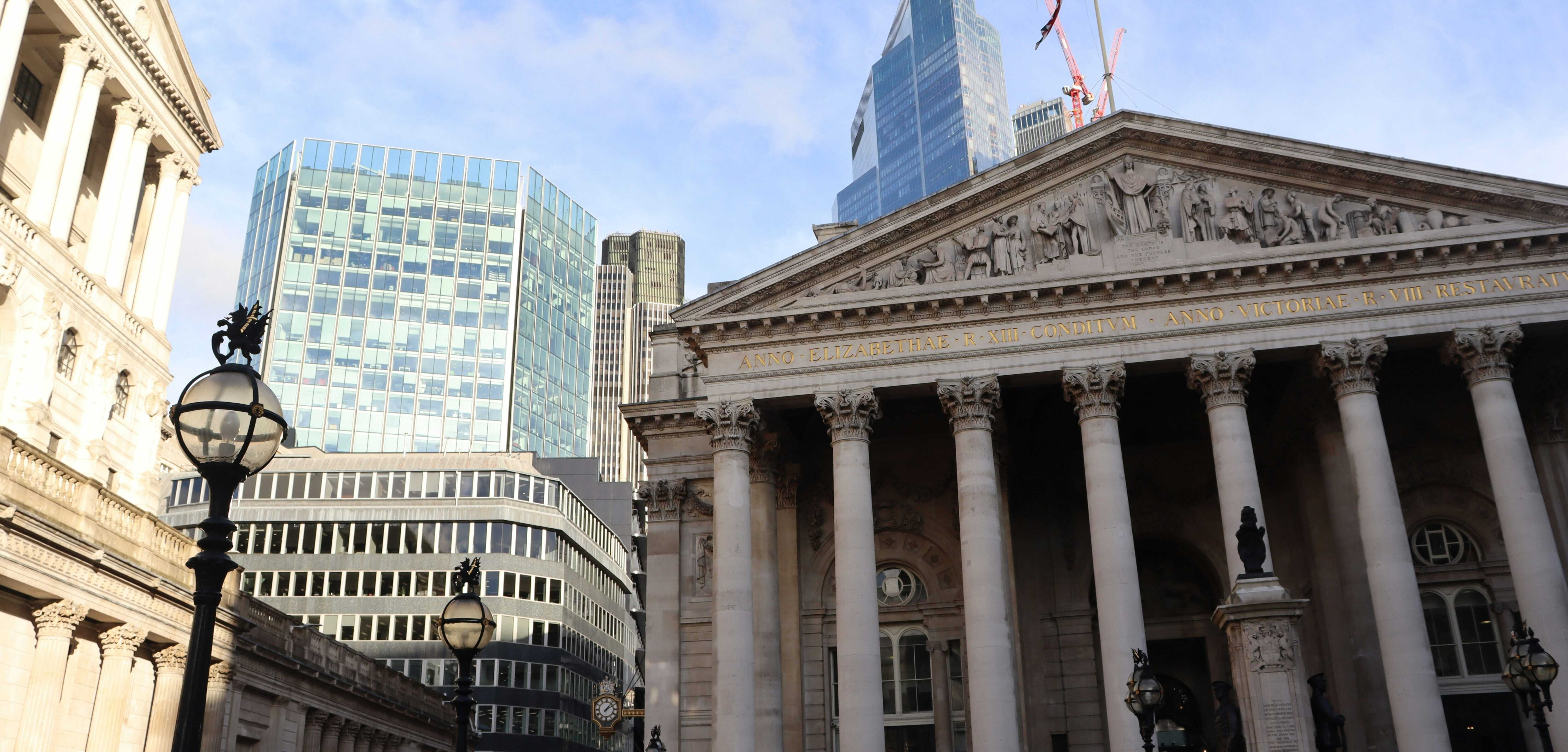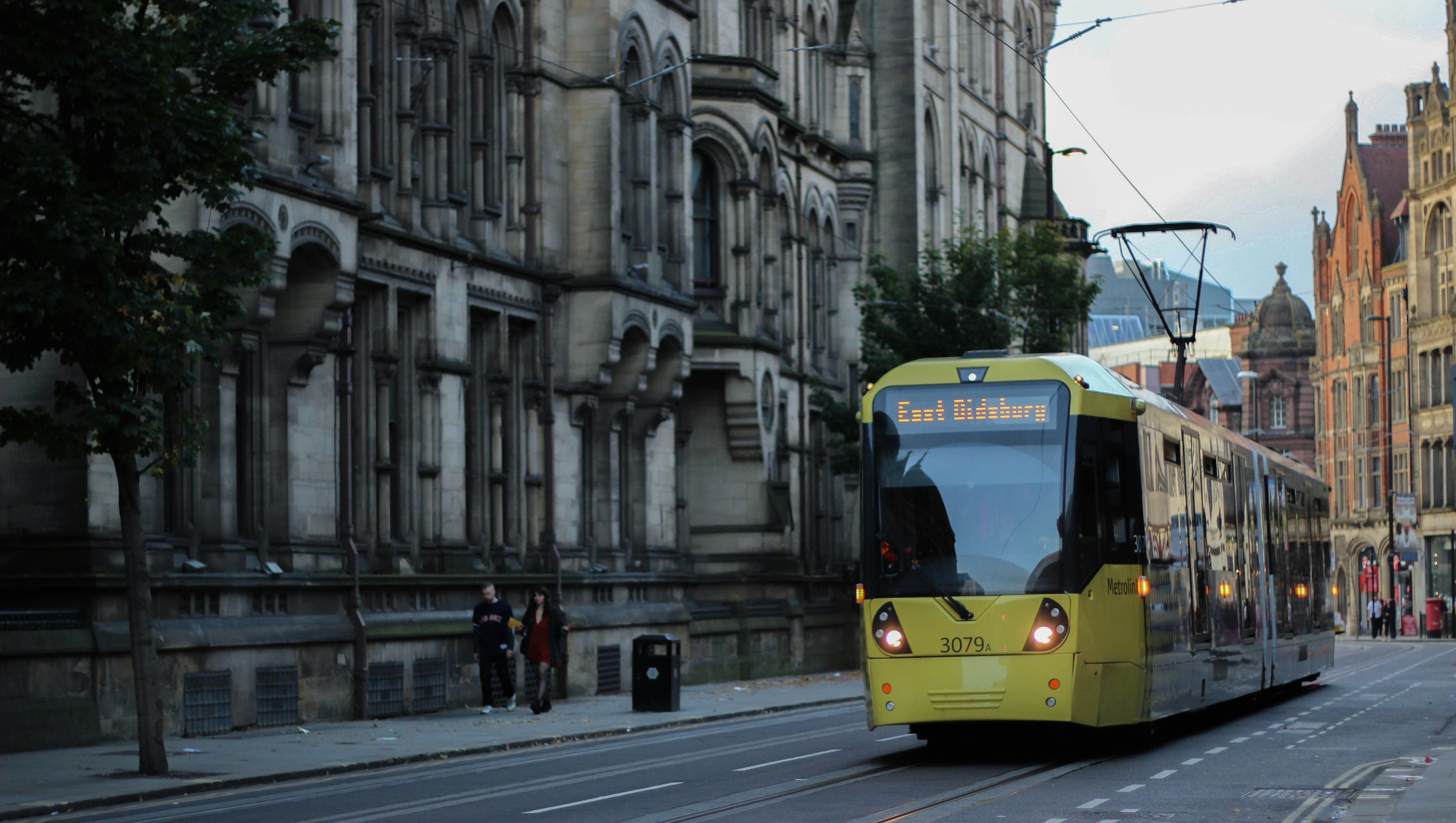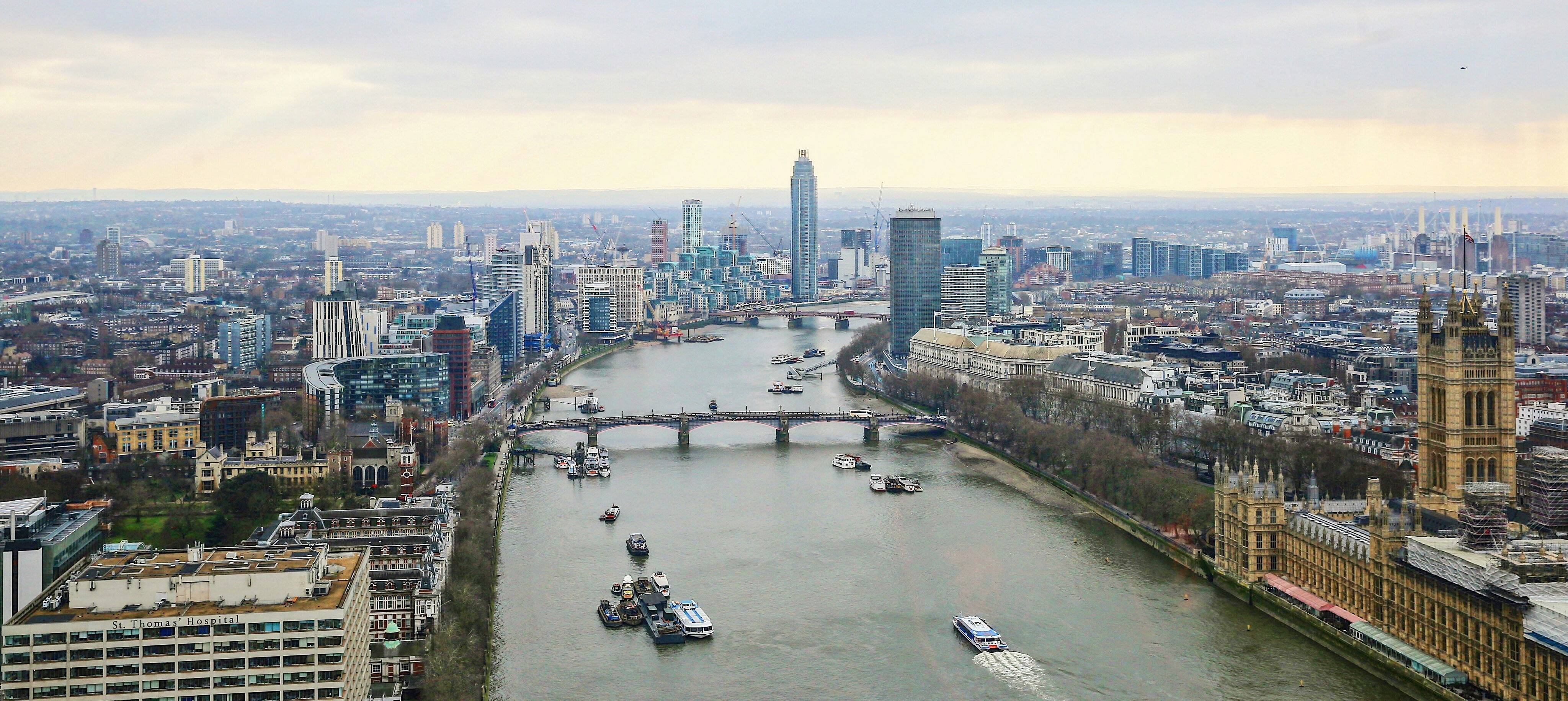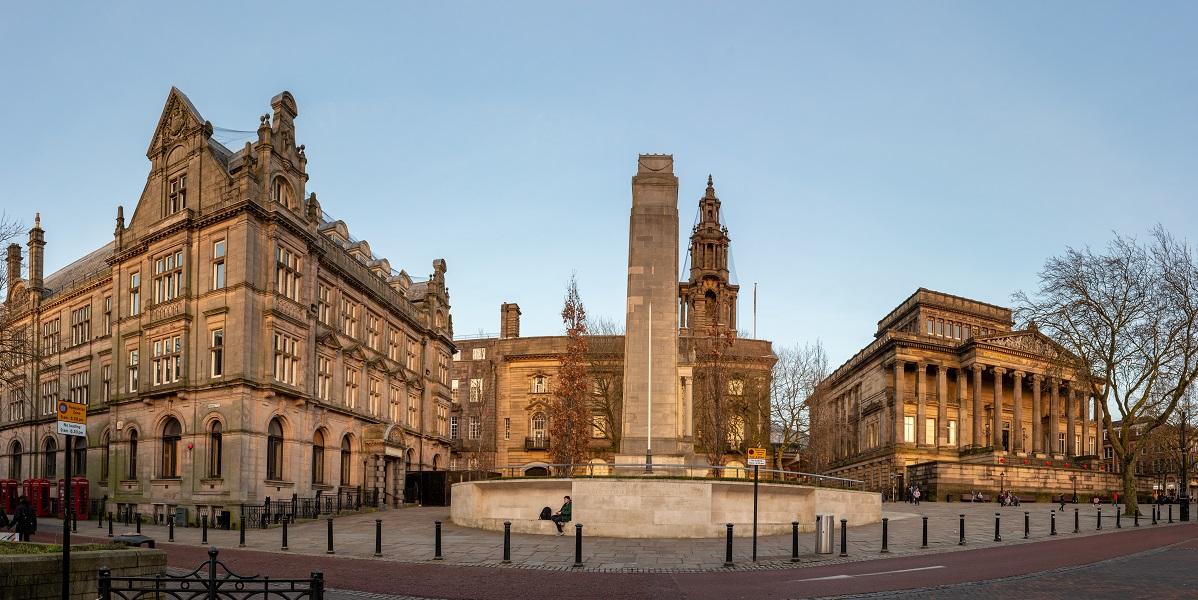
Introduction
Located in Lancashire, Preston is the third-largest city in the North West of England. As the administrative centre of Lancashire, and enjoying lower-than-average house prices for property investors, the area is an ideal prospect for tenants, homeowners and landlords. Its average house price is £153k. Young professionals are able to establish themselves in a range of professions. With transport links across the North-West and beyond, Preston offers a good lifestyle for this demographic. For property investors, Preston is an exciting opportunity to make great returns on property investments in the buy-to-let market. Preston is a city brimming with opportunity in the medium-to-long-term. Preston was granted official city status in 2002, and it lies at the centre of the larger Central Lancashire sub-region, with a population in that area of approximately 335,000. Although younger than other UK cities, Preston is still full of unique characteristics which make it a popular city to visit and live in. Strong links to the wider region also continue to support Preston’s surge in popularity.
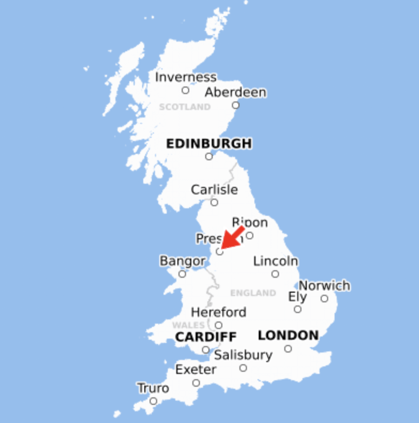
Understanding the city
Preston is a bustling and interesting city which has grown to prominence in recent years, catering for a diverse mix of people. Students, professionals of all ages, and even retirees increasingly view Preston as a friendly, down-to-earth and vibrant city in which to live and work. Preston has a proud history and heritage, stretching back as far as the 18th century, before the town gained its current status as a city. Preston is home to the most recent battle to be held on British soil, which took place over 300 years ago in 1715, on the actual streets of the town. Visitors can enjoy following the official Battle of Preston trail, which starts off in the Market Square and explores how the Battle may have played out, alongside an in-depth look at the history of the city. Despite its relatively quiet exterior, there’s a lot for residents and visitors to discover in Preston. Aside from its historical significance as a battleground, Preston also contains an interesting art gallery. Located in Broughton Parish, in Preston City, Church Cottage Museum is ideal for people with a love of art, history, and culture. Church Cottage Museum traces the building’s journey from its time as a Tudor dwelling, within a rural farm town society, to becoming a 20th century home. The cottage has existed since the 1500s, before becoming a popular Inn during the 1600s and 1700s. The Cottage was redeveloped in 1994 before receiving a royal opening by Princess Alexandra in 1995.
In addition to quirky cultural landmarks, the Blitz Live Music Venue in the City delivers live performances for lovers of multiple genres. Album launches, intimate gigs and sold-out shows are regular occurrences at the concert hall. Preston offers both residents and visitors plenty to see and experience. The city’s Harris Museum and Art Gallery has displayed outstanding artwork from well-known artists since 1893. Preston City is a city of historical and cultural importance in and of itself. However, its surrounding areas contribute to its reputation as a promising area to
visit and potentially invest in. The county of Lancashire is very rural, while the North of England offers some of the most outstanding natural beauty in the UK. Smaller towns like Buckshaw Village offer a mix of industrial and residential scenery, a factor prevalent in the North of England’s manufacturing belt. On the other end of the spectrum, villages like Chipping and Hurst Green offer civil parishes set within idyllic surroundings, ideal for day trippers or those looking to settle down in a close-knit and quiet community. Preston is also fairly near the major cities of Liverpool and Manchester, which are both approximately 37 miles
away. Commute times are roughly 1 hour by car and 1 hour 40 minutes by public transport.
Regional investment
Preston punches above its weight as a key part of a thriving region. Lancashire as a county generates £23bn in Gross Value Added annually, featuring 45,000 businesses and a workforce of 620,000. As the economic and administrative centre of Lancashire county, Preston City offers unrivalled opportunity for investment compared to other surrounding areas. With strong transport links in comparison to the rest of the region and access to a large workforce, Preston is a worthwhile and cost-effective option for businesses looking to establish themselves in the North of England. Indeed, the city has a vision for the future, and has planned for a phase of expansion and growth over the coming years. Preston's City Investment Plan (2020-2035) is a 15-year programme setting out the long-term objectives of the city, alongside a strategy to implement a plan of far-reaching regeneration. This means allocating sufficient public sector resources towards developing infrastructure, while also encouraging private sector investment. The city aims to respond to the needs of residents whilst also making the changes required to attract new opportunities from further afield. A ‘Towns Fund’ will support regional investment as part of a Government-led scheme, which has
allocated over £20m to Preston City. The allocation will see Harris Quarter
transformed into an area of leisure activity and cultural appreciation. The
transformation project is the first ambitious step of the city’s 15-year plan, and an essential part of the vision of the city council to encourage economic recovery, improve the skills of its local workforce, and drive growth and resilience. Ultimately, Preston is hoping to align itself with Manchester and Liverpool as a major city in the North West. Expanding and diversifying the living conditions of the City Centre is integral to
the investment programme. The City Living Strategy builds on the previous success of the City Deal, which saw £430m invested in transport and infrastructure. The City Deal also caused a massive influx of private sector residential development, with 2,200 new homes being built in the three years from 2016-2019. The vision of the plan is to continue this transformation, converting Preston’s City Centre into a thriving network of urban, dynamic neighbourhoods. This includes a large City Centre apartment block and high-density homes in the inner suburbs. Target markets include families and couples, young professionals, retirees and university students.
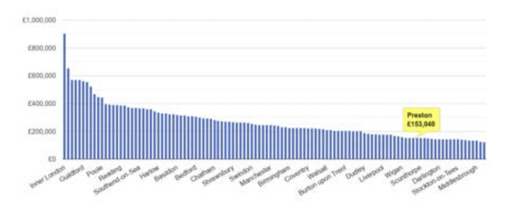
Housing Market
The housing market in Preston is incredibly affordable in comparison with other North West cities and the UK as a whole, while still offering reliable returns for investors. It is the 20th cheapest city out of 113 in England and Wales. The average property price in Preston is £153k, while the median price is £132k. The average property price in the city increased by 1% over the 12 months from September 2021 to August 2022, weathering the economic downturn caused by Covid-19. However, property sales and transactions did fall by almost 17%.
From 1995 to 2022, the city’s yearly nominal house prices, while largely outperformed by other nearby cities, have remained resilient. Furthermore, prices have remained affordable whilst tripling in value. Low house prices mean a low barrier to entry for investors, and property prices have risen (albeit at a much steadier pace than most parts of the UK). Preston has mostly performed consistently in line with nearby cities such as Blackburn, Blackpool and Wigan – though Southport, whose house prices have risen by significantly more, is an outlier.
Despite house prices only growing by 1% in the previous 12 months, Preston’s housing market is expected to rebound in the longer term. With regional investment set to continue, alongside transformative regeneration projects and residential developments, house prices look set to rise in line with the ambitious plans set by Preston’s local council.
Rental Market
The rental market in Preston remains one of the strongest in the country. Preston delivers higher-than-average yields for investors and the prospect of sharp growth in the future. Indeed, high yields across all property types, coupled with low barriers to entry, offer investors an attractive opportunity in the buy-to-let market. Preston City is actively attracting demographics ideally suited for the rental market, including students and young professionals in skilled jobs. Although house prices are lower than the national average, and growth is slower compared with Southern UK cities, rental yields are strong. This reflects increasing demand in recent years. Yields in Preston for 1 and 2-bedroom properties have averaged at over 6%, compared to the UK average of 3.63%. If the city’s planned expansion of the young professional and student population is successful, this is likely to drive rental yields even higher. Furthermore, with multiple development and redevelopment projects in the pipeline, Preston’s rental market shows no signs of decline. Projects such as the Stonerygate Masterplan, UCLan’s Masterplan and the aforementioned City Deal offer promising prospects for property investors. Contemporary working spaces, in close proximity to residential projects, may also be developed, further attracting a younger demographic.
In Preston City, rent yields for 1-bed, 2-bed and 4-bed properties offer the
most lucrative returns, growing by 7.4%, 6% and 5.1% respectively. Ultimately, the Preston City rental market is highly investable in comparison to other parts of the UK. This trend is likely to continue into the future, with property investors expecting to enjoy even higher yields and ROI.
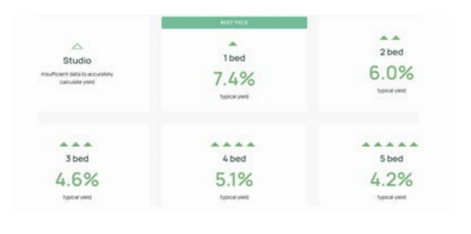
Population and Demographics
In terms of population, 2020 estimates suggest that Preston is home to 521,000 residents, a number that’s increased by 9.5% since 2002. This suggests a consistent trend of property demand moving forward. Furthermore, Preston's population boasts an average age-range of 41.8 years. This is slightly above the average in England & Wales of 40.4 years of age. Preston hopes to attract a younger demographic in future, who are more likely to rent than buy. Currently, salary and employment opportunities are not in line with the UK average. While the average salary in the UK in 2021 was approximately £38,100, Preston offers an average compensation package of £31,800. However, in relation to nearby local authorities, Preston largely complies with the trends of those areas. Towns of Chorley, South Ribble and Wyre offer average annual salaries of £30,700, £31,000 and £31,600 respectively.
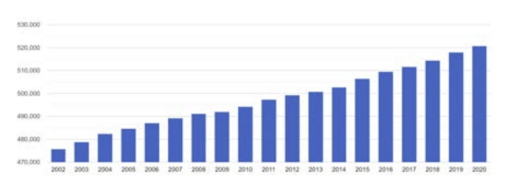
Finding your buy-to-let property
GetGround's property marketplace hosts a range of vetted new-build and second-hand properties that investors can use to start or build their portfolios. GG Search helps you make an informed decision about your next property investment by equipping you with interactive costs and returns reports. Ready to find your next buy-to-let investment?
The GetGround Team
The GetGround Team
Discover our recent property investing articles:
The Impact of Interest Rate Drops on UK Property Investors
On February 6th, 2025, the Bank of England announced a reduction in its base interest rate from 4.75% to 4.50%. Although an expected announcement, ...
Best Investment Property Locations in 2025: UK Regional Hotspots
The UK property market is becoming increasingly regionalised, with significant differences in growth potential, rental yields, and demand across the ...
How Economic Factors Can Impact UK Landlords
Even with the recent volatility of the UK economic market, the UK property market has remained resilient with homeowners and property investors still ...
